In its most recent report on food insecurity and nutrition around the world, the Food and Agriculture Organization of the United Nations (FAO) highlighted a troubling fact: after a decade of decline, the rate of hunger in the world increased in 2016. Today, the FAO estimates that there are 815 million people in the world who do not have access to the nutrition they need for healthy lives. That amounts to about 11 percent of the world’s population. It is still lower than it was in 2000, when 900 million people faced hunger, but some experts worry that we may be seeing a trend toward increased hunger after a prolonged decline.
There are many factors driving this increase in hunger, but a few stand out. First, more countries are experiencing violent conflict and fragility, which increases their vulnerability to hunger. Conflicts in South Sudan and Syria, for instance, have driven many people from their homes in search of safety elsewhere. In fact, the FAO estimates that 489 million of the 815 million undernourished people in the world live in countries facing conflict, violence and fragility.
This is related to the second driver of increased hunger—climate change. As droughts worsen and access to food and water gets harder, the risk of conflict increases. This, in turn, leaves communities vulnerable to food crises. Even without conflict, though, the effects of climate change can be dire for communities dependent on agriculture for their lives and livelihoods. As the FAO points out,
Three-quarters of the extreme poor base their livelihoods on agriculture or other rural activities. Creating conditions that allow rural people, especially youth, to stay at home when they feel it is safe to do so, and to have more resilient livelihoods, is a crucial component of any plan to tackle the migration challenge.
Working with rural communities to build resilience through sufficient, sustainable agricultural practices is key in reducing hunger around the world. To bring attention to this, the theme for World Food Day 2017 is:
Change the future of migration. Invest in food security and rural development
You can join people around the world in marking this special occasion. Below are some ideas to get you started.
Accompanying rural communities is a key part of the ministry of ELCA World Hunger. From helping farmers use drought-resistant crops or improved irrigation, to providing access to seeds, tools, and livestock to increase the profitability of farms, our companions and partners are making strides toward ending hunger for good.
ELCA World Hunger’s Lifelines magazine and reproducible stories are great ways to learn about and share the projects supported by your gifts. Reproducible stories provide full-color and B&W bulletin inserts you can use to share stories with your congregation or group. In the latest edition, learn how Zulema Lopez and her neighbors in San Luis, Nicaragua, are leading the way in increasing access to safe water and teaching others sustainable farming practices. Download the stories here: goo.gl/Hgzdsv
To dive deeper into the problem of world hunger, you can read the FAO’s The State of Food Security and Nutrition in the World 2017 here: http://www.fao.org/3/a-I7695e.pdf.
The FAO also has lots of resources on its World Food Day page, including videos, stories from rural communities around the world and an activity book for teachers or parents to use with children. Access all of this at the FAO site: goo.gl/u7F3Mv.
You can also check out these resources from the ELCA:
- Hunger and Climate Change Connections Toolkit
ELCA World Hunger’s toolkits are easy-to-use, adaptable for a variety of settings and suitable for intergenerational audiences. The activities can take as little as 15 minutes, or as much as one hour, depending on your needs. Learn about climate-related disasters, the effects of climate change on vulnerable populations and actions your congregation can take. Download this toolkit at goo.gl/x2JEBK.
- Hunger and Climate Change: Agriculture and Food Security in a Changing Climate
From biofuels to gender justice, from political stability to farming in the United States, this fact sheet from the ELCA highlights the wide-ranging effects of climate change. With ideas for what your congregation can do to support farmers and others impacted by climate change, this fact sheet is perfect for Lutherans concerned about agriculture and hunger. Download it at goo.gl/aqnuLg.
- Caring for Creation: Vision, Hope and Justice
The ELCA’s social statement on care for creation, adopted in 1993, remains an important reflection on our role as stewards in God’s world. Read it here: goo.gl/0rFHQM.


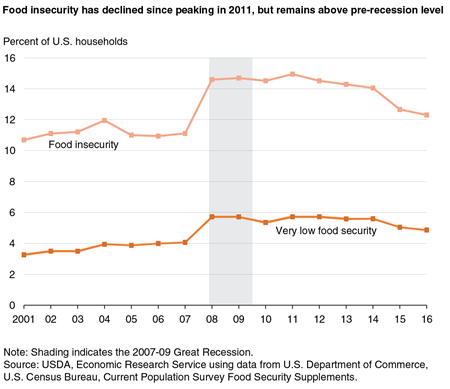
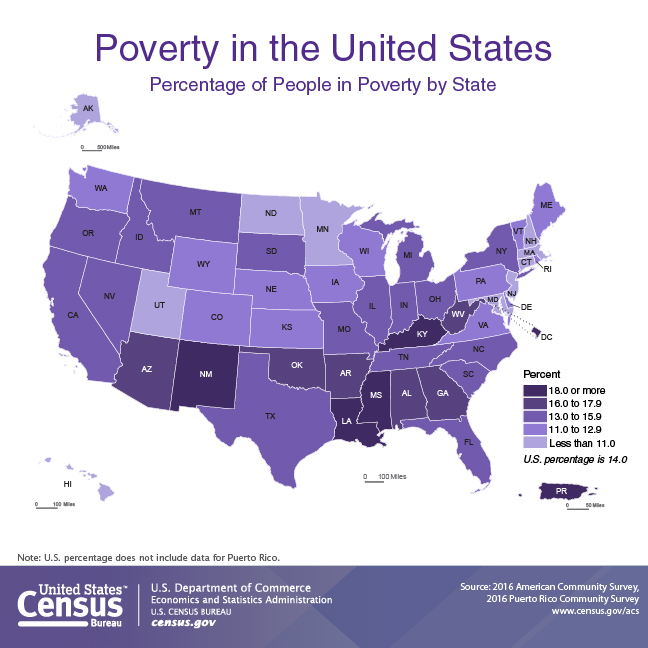

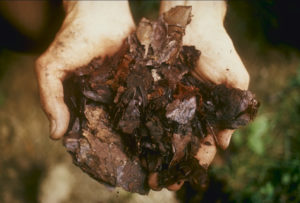


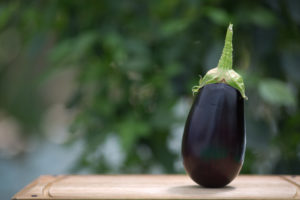
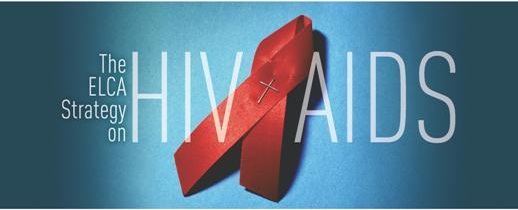
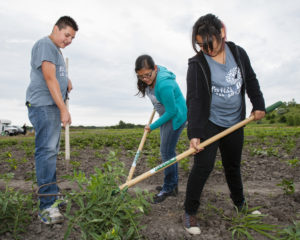
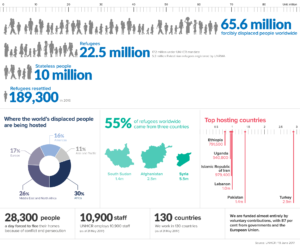
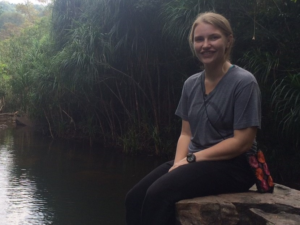 Haley Toresdahl
Haley Toresdahl